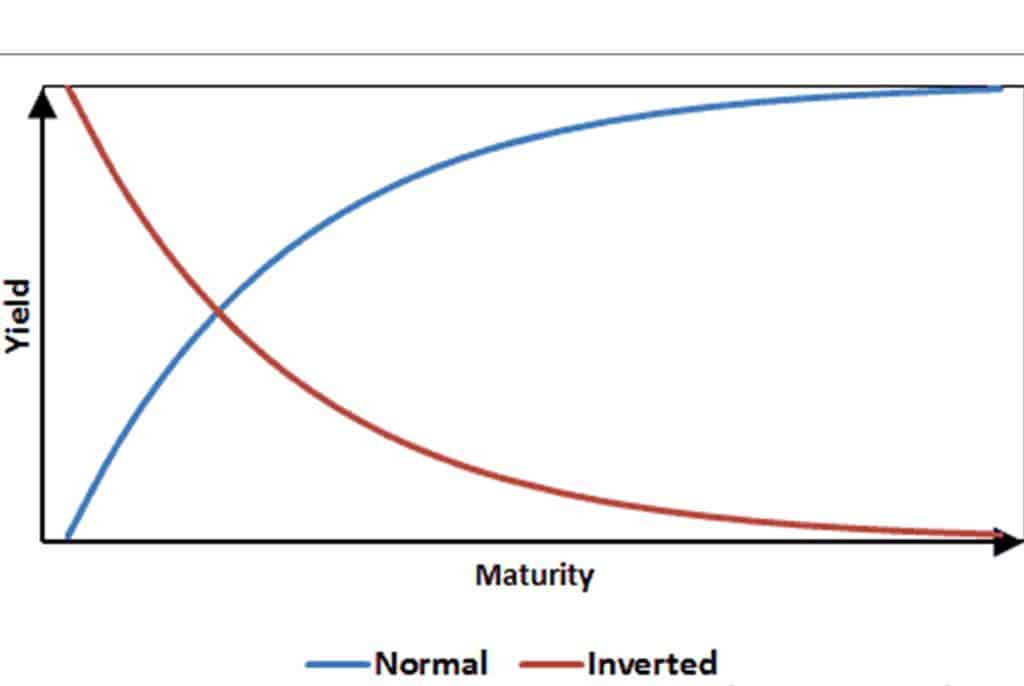What is Fortune 500?
The Fortune 500 is an annual list prepared and published by Fortune magazine that ranks 500 of the top firms/companies in the United States by total revenue for their fiscal years. The list includes both public-trading firms and private enterprises that occasionally publish their revenues. Edgar P. Smith, a Fortune editor, came up with the idea for the Fortune 500 in 1955. The Fortune 500 company list is way popular than its subsets and supersets, the Fortune 100 and Fortune 1000.
For the most part, ratings are on the basis of annual revenues for the fiscal years in question. Using publicly available revenue statistics, this list includes both public and private companies. Being a Fortune 500 firm often gives some sort of prestige to recipients; more like a badge of honor.
Techniques
Originally, companies whose earnings came from manufacturing, mining, or energy exploration were not part of the initial Fortune 500. At the same time, Fortune published “Fortune 50” lists of the 50 largest commercial banks, utilities, life insurance firms, merchants, and transportation corporations according to assets and revenues. In 1994 however, Fortune magazine revised its criteria to cover service businesses. There were 291 new additions to the famous list as a result of the adjustment, including three in the top ten. Because of the time it took to compile the list, the 2019 Fortune 500, for example, was dependent on each company’s financial year ending in late 2018 (most especially, December 31) or early 2019.
Well, now, it’s a different ball game entirely as the 2023 Fortune 500 company list is already. And we are just halfway into 2023.
The Fortune 500: An Overview
Henry Robinson Luce was the founder of Fortune magazine in 1929.
The inaugural edition was released the following year. It has since grown to become one of the most influential business publications in the world. Originally publications came out monthly, the journal now publishes 16 editions per year and has a strong online presence.
In 1955, however, the magazine published its first ranking of the most successful public and private enterprises in the United States. An editor, Edgar P. Smith came up with the idea. The goal was to evaluate the size and influence of American corporations at a period when the country’s economic might was “the envy of the world.” Originally, the list had the name, “the Fortune Industrial 500.” Considering how lengthy that was, the abbreviation, “Fortune 500,” was later adopted.
However, while the list covers all private and public companies, it often omits corporations that fail to file financial statements with government agencies overseas corporations. Basically, American companies that are consolidated by other companies, and companies that fail to report comprehensive financial statements for at least three quarters of the current fiscal year are all omitted.
The S&P 500 Index includes roughly two-thirds of the Fortune 500, so if you want to invest in several of these companies, look into an S&P 500 index fund.
Over the course of its history, the list has featured over 1,800 American businesses. But, since the initial Fortune 500, the list has altered drastically. Companies consistently go off the list due to mergers and acquisitions (M&A), adjustments in production output, and bankruptcy. A company’s recession effects may aid in wiping out several enterprises from specific industries. Furthermore, the Fortune 500 list often indicates how robust the economy is or if there’s been a recovery after a period of low performance.
Factors for Ranking
The following are some of the most prominent factors for ranking companies on the list.
#1. Sales Growth
The increase in sales of a company often counts as a factor in determining whether or not a company is growing. This is critical for investors. The status of the economy is also a reflection of its sales growth.
During an era of strong economic activity, one would expect a company’s revenues to increase. Basically, when a company’s sales rise faster than the broader economy in the markets where it operates, the company is clearly beating the market as a result of some internal process. Other factors may also include;
- A higher-quality product
- Lower-cost manufacturing
- Service delivery methods
- Superior customer service and support,
- Product or process improvements.
Companies on the Fortune 500 list often have multiple success metrics that competitors might try to imitate.
#2. Assets
The Fortune 500 companies may also have big and expanding assets. Any object of economic worth that the corporation owns, such as cash, securities, accounts receivable, inventory, office equipment, and property, are under the category of an asset.
#3. Earnings
The earnings of a company are computed by subtracting its revenues from its cost of sales, operational expenses, and taxes. Earnings are, oftentimes, the single most important factor influencing a company’s stock price.
#4. Capitalization
The term “capitalization” is basically the sum of a company’s long-term debt, shares, and retained earnings. It’s also known as invested capital. The market price of an entire firm or its market capitalization can be calculated by multiplying the number of outstanding shares by the price per share.
Companies with the Highest and Lowest Ratings
The top 10 rankings of the most and least regarded corporations are another popular aspect of the Fortune 500 list. General Electric, Microsoft, Dell Computer, Cisco Systems, Wal-Mart Stores, Southwest Airlines, Berkshire Hathaway, Intel, Home Depot, and Lucent Technologies all made the top ten list in 1999, with average total returns of 49.4 percent that year and 63.4 percent over the previous five years. The one-year return is more than double the average for the S&P 500. Fast-foward to 22 years later, the table has turned with a totally different set of companies on the top ten. Check them out on the updated Fortune 500 2023 company list.
The Fortune survey's top ten "most admired" ranking is based on the total number of votes a firm received from all respondents across all industries. It only gathers scores from respondents within the company's industry, so the bottom ten ranking is based on those results.
On the other hand, Humana, Revlon, Trans World Airlines, CKE Restaurants, CHS Electronics, Rite Aid, Trump Resort, Fruit of the Loom, Amerco, and Caremark Rx were among the most recent bottom ten. The overall return on this list in 1999 was -51.4 percent, with a five-year total return of -12.6 percent. Ovbiously, in 2023 these companies would have either moved up the ladder or further down. Just to be sure, here are the least 10 companies on the list;
Patterson, Commercial Metals, Boise Cascade, Hasbro, A-Mark Precious Metals, Camping World Boldomhs, NetApp, Avis Budget group and so on.
The annual list of 500 firms, according to the Fortune 500 survey, symbolizes the core of American business and remains an important tool for both researchers and investors. The Fortune 500 list is well-known and has been a benchmark of success for over 46 years. Computer and telecommunications companies have dominated the Fortune 500 in recent years, whether measured by growth, return, or market capitalization. Fortune also publishes an annual list of the Global 500, a ranking of the world’s most admired firms, as well as a list of top employers.
What is the Fortune Global 500?
The Fortune Global 500 is an annual ranking of the world’s top 500 corporations/companies based on total revenue, including public and private. Fortune Magazine, which is based in New York City, compiles and publishes the Fortune Global 500 list.
Is Fortune 100 or 500 Better?
The top 100 companies on the more important annual Fortune 500 list make up the Fortune 100. Since 1955, the Fortune 500 has ranked companies by how much money they made during their fiscal year. In 1994, the Fortune 500 changed to include more types of companies from different industries.
How Big Is a Fortune 500 Company?
Every company on the list had sales of at least $5.6 billion.
Is Facebook a Fortune 50?
Even more worrying is the fact that younger people are spending less time on Facebook’s main product. Short version: There’s a reason why the social network is on this list and also why it’s No. 50.
Is S&P 500 same as Fortune 500?
The Fortune 500 is an annual list of the 500 biggest companies made by Fortune magazine using the most recent revenue numbers. It includes both public and private companies. The S&P Index Committee chooses the 500 public companies that make up the S&P 500.






